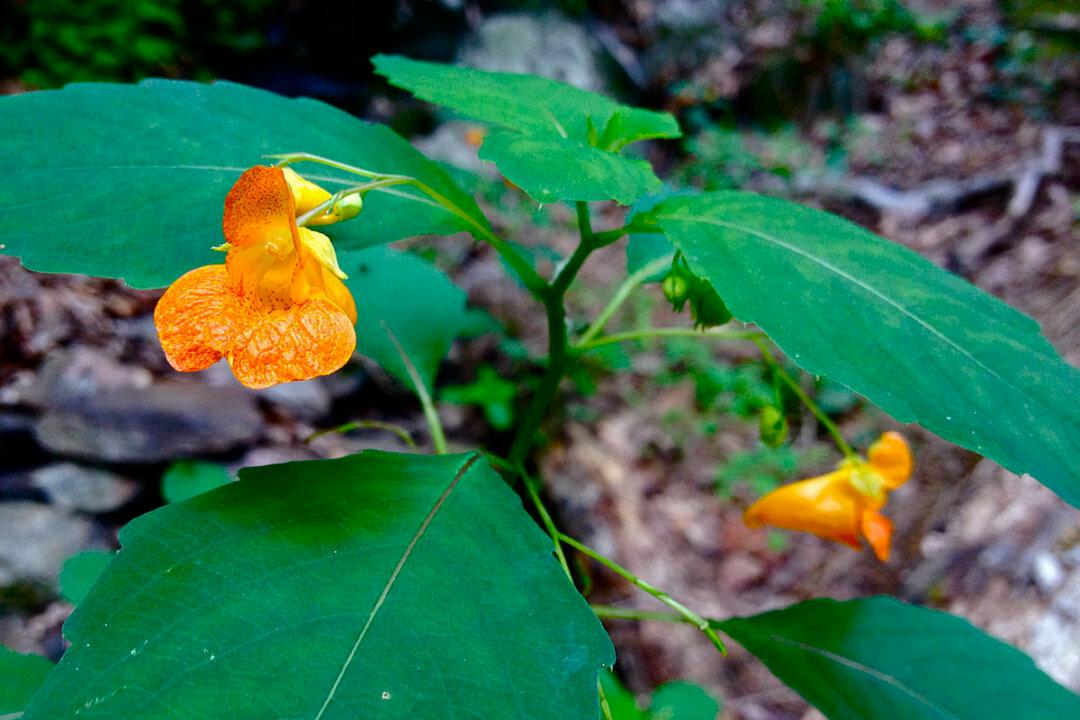“Leaves of three? Let them be.” This rhyme helps identify poison ivy. If you miss the signs and get a rash, there’s another plant you need to know: jewelweed.
Jewelweed is native to the Eastern and Midwestern United States and is often found growing conveniently near poison ivy. Small, orange (or sometimes pale yellow) orchid-like flowers make jewelweed easy to spot.






